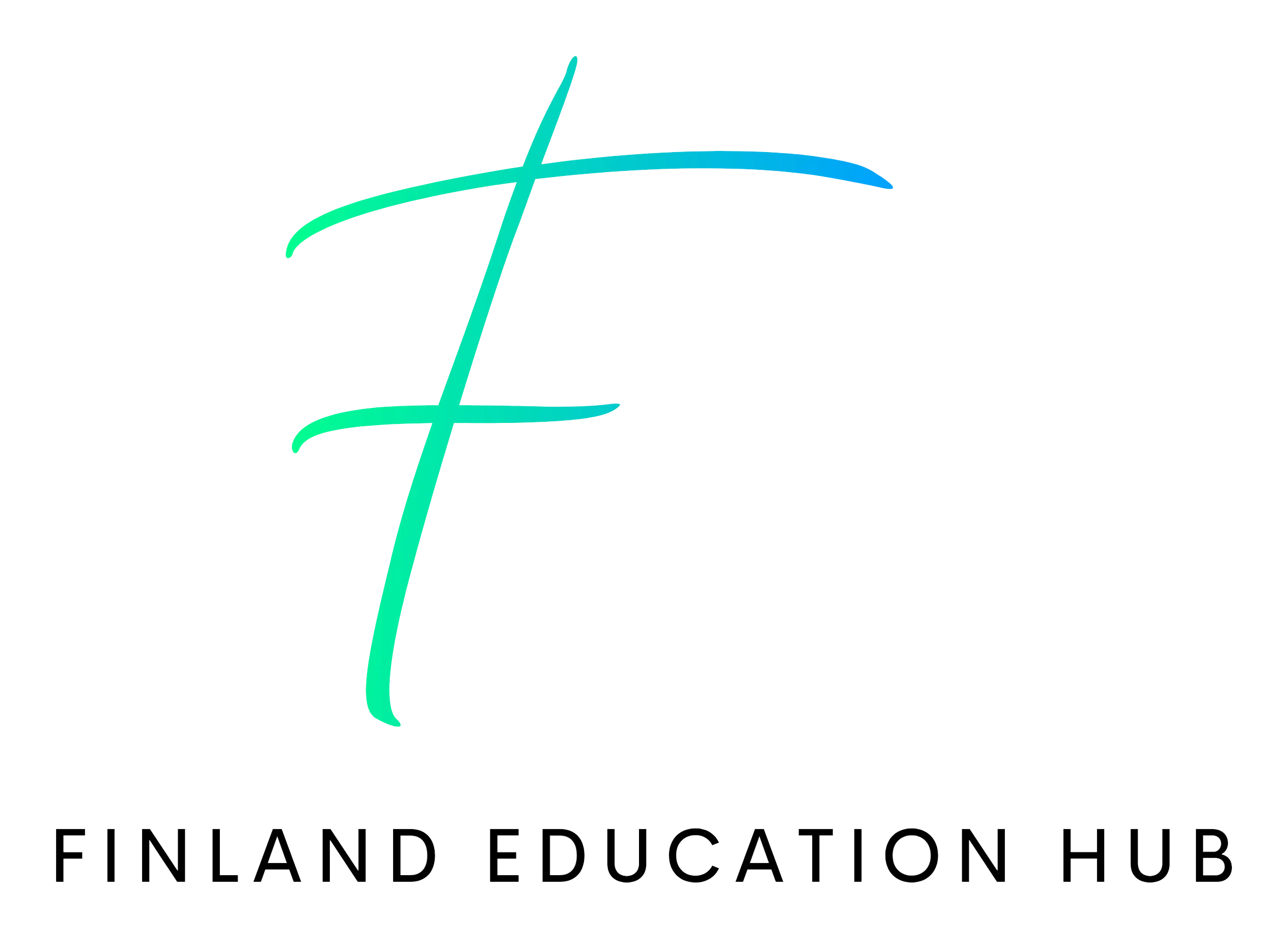The Evolution of Inclusive Education in the Finnish Education System
In recent years, Finland has gained international recognition for its exceptional education system. One aspect that sets it apart is its commitment to inclusive education. The movement towards integrating special education students into regular school classes started to develop in the 1960s. Since then, Finland has made significant progress in creating an inclusive environment for all students. This article explores the present and future perspectives of inclusive education in the Finnish education system.
The Rise of Inclusive Education in Finland
During the 1960s, Finland witnessed a significant increase in the number of students labeled as “special” within the comprehensive school system. The percentage of these students rose from 2% to a staggering 17% of all school children. This surge prompted the need for a more inclusive approach to education.
To address this, Finland implemented a system where 84% of special education placements are part-time, allowing students to receive additional support while still being integrated into regular classrooms. This approach ensures that students with special needs have the opportunity to learn alongside their peers, fostering a sense of belonging and equality.
Read More: The Finnish Education System: A Comprehensive Guide for Parents
Current Landscape of Inclusive Education in Finland
In the Finnish education system, special schools and special classes make up only 15% of all special education placements, while full inclusion accounts for just 1%. This demonstrates a strong commitment to providing inclusive education within the mainstream school setting.
The Finnish government recognizes the importance of catering to the individual needs of students. By providing part-time special education placements, they ensure that students receive the specific support they require while also experiencing the benefits of inclusion. This approach allows students to learn from their peers and develop essential social skills.
Factors Influencing Inclusion in Finland
Several factors have contributed to the successful implementation of inclusive education in Finland. One crucial aspect is the emphasis on early intervention and support. Finland recognizes the importance of identifying and addressing learning difficulties at an early stage. By providing adequate resources and interventions, they aim to minimize the need for special education placements.
Additionally, Finland places a strong emphasis on professional development for teachers. Teachers undergo extensive training to equip them with the skills necessary to support students with diverse needs. By investing in teacher education, Finland ensures that educators are well-prepared to create inclusive learning environments.
Challenges and Future Perspectives
While Finland has made significant strides in inclusive education, challenges still exist. One challenge is the limited availability of resources and support services. As the demand for inclusive education increases, it is vital to allocate sufficient resources to meet the needs of all students effectively.
Another challenge lies in promoting awareness and understanding among the wider community. By fostering a culture of inclusivity and acceptance, Finland can create an environment where every student is valued and supported.
Looking ahead, Finland aims to continue improving its inclusive education system. This involves ongoing research and evaluation to identify areas for growth and development. By staying up-to-date with best practices and implementing evidence-based strategies, Finland can ensure that its education system remains inclusive and effective.
Conclusion
The Finnish education system stands as a shining example of inclusive education. By integrating special education students into regular classrooms, Finland has created a learning environment that promotes equality and fosters the holistic development of all students.
Through early intervention, professional development for teachers, and a commitment to continuous improvement, Finland has built a foundation for success in inclusive education. However, challenges remain, and it is essential to address resource limitations and promote community awareness.
In conclusion, the Finnish education system is not only a model for inclusive education but also a testament to the importance of providing equal opportunities for all students. By embracing inclusivity, Finland has established itself as a global leader in education. It serves as a reminder that every child deserves a quality education, regardless of their individual needs or abilities.
For more information about Finland’s exceptional education system, visit Finland Education Hub.

